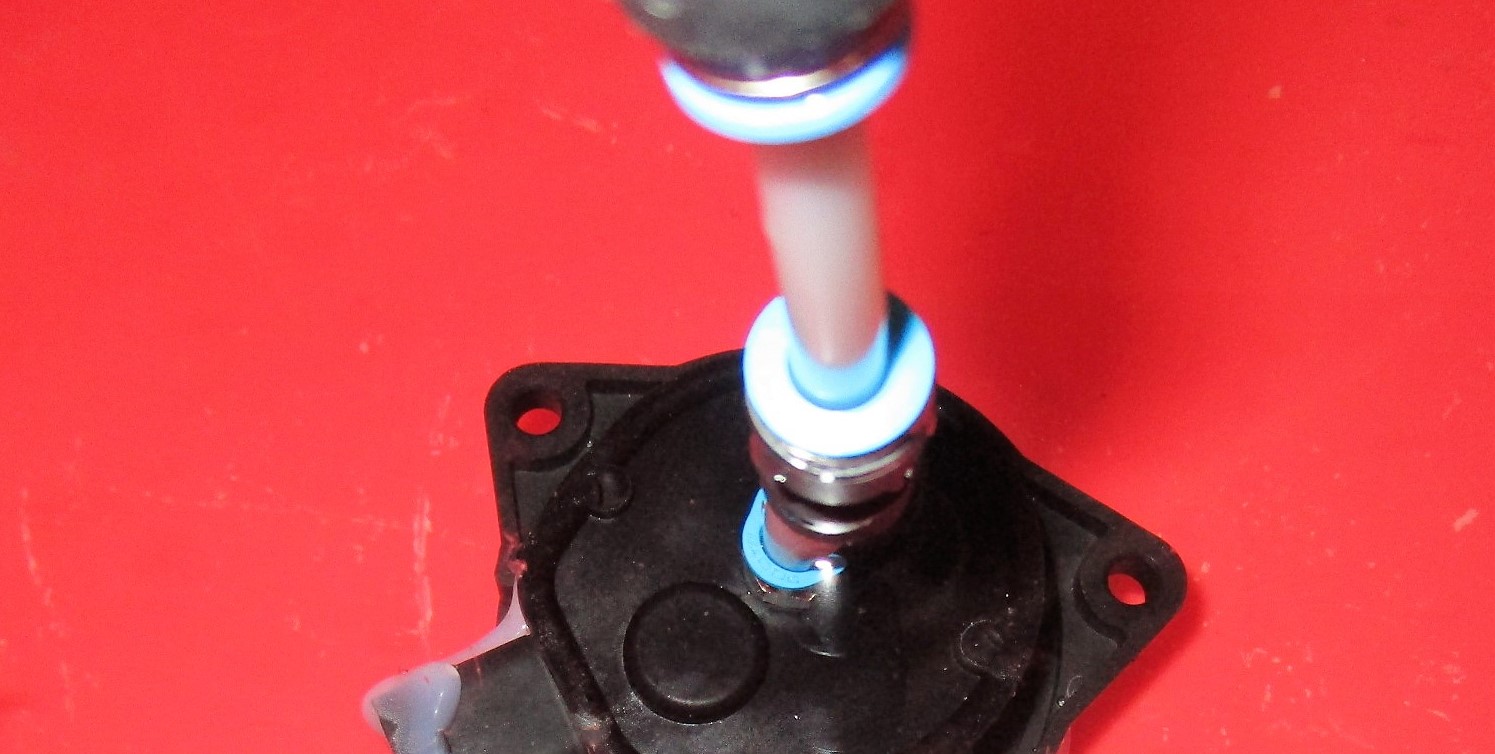Leak test of laser-welded plastic parts

One of the great advantages of laser welding of plastic is that the weld seams are very homogeneous and therefore leak-tight. The process is ideally suited for achieving IP67 or higher protection levels in a process-safe manner.
Even in the prototype phase, however, the question arises of how to pragmatically test the tightness of a welded assembly. For this purpose, a clear distinction must be made between laboratory operation and subsequent series production.
In laboratory operation, testing methods are generally used that are later suitable only as accompanying tests in series production. They either destroy the components, heat them up, or the components are wet and would have to be dried at great expense. The most commonly used method is pressure testing in a water bath. In this method, the component is fitted with a compressed air connection and pressurized. If the component is immersed in water, even small leaks can be reliably detected. A variant of this test for components that are leak-proof and do not offer a connection option is the test in hot water. The heating of the enclosed air in the assembly creates an overpressure that also allows leaks to be easily detected. The advantage of both methods is that leaks can be easily localized. Another suitable and pragmatic method is the measurement of a potential leak via a flow measurement system. For this purpose, the assembly is also pressurized with compressed air and a flow sensor detects possible leaks caused by air flowing in. Although this method generates a measurable and storable value, it is not well suited for locating leaks. In series production, it is generally only economically viable to perform tests on assemblies that can be pressurized with a test medium via a connector or other connection. Relative or differential pressure measurement methods and flow measurement methods are frequently used, and tests with helium more rarely.
